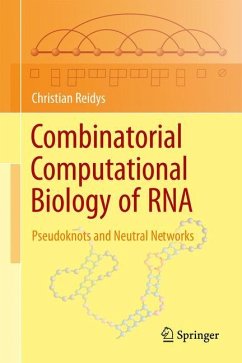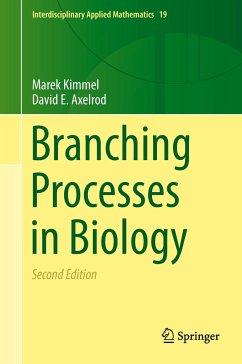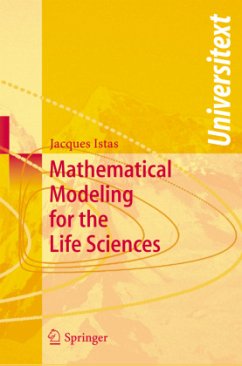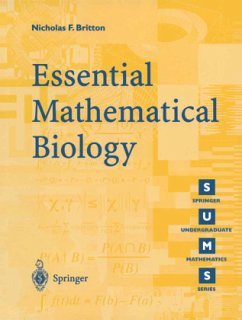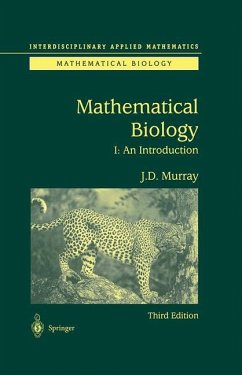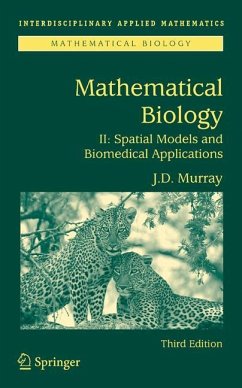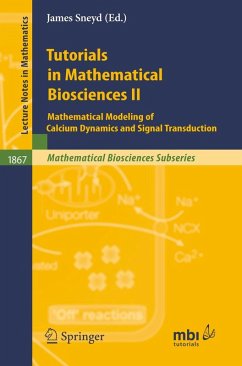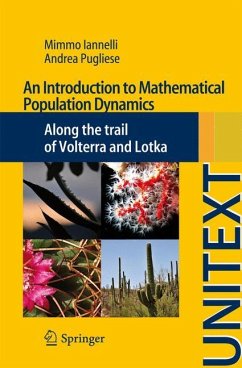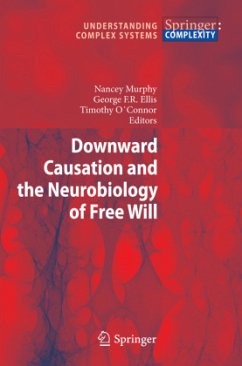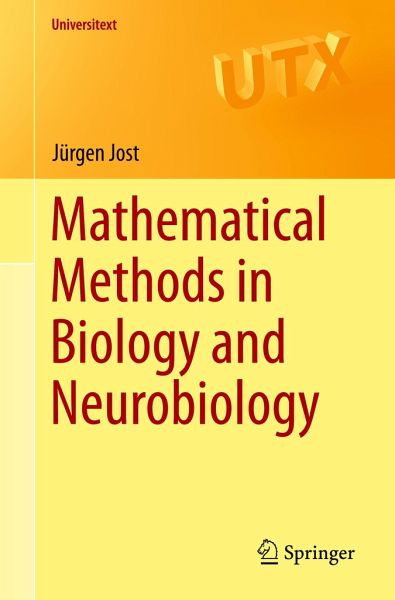
Mathematical Methods in Biology and Neurobiology

PAYBACK Punkte
27 °P sammeln!
Mathematical models can be used to meet many of the challenges and opportunities offered by modern biology. The description of biological phenomena requires a range of mathematical theories. This is the case particularly for the emerging field of systems biology. Mathematical Methods in Biology and Neurobiology introduces and develops these mathematical structures and methods in a systematic manner. It studies:- discrete structures and graph theory - stochastic processes- dynamical systems and partial differential equations - optimization and the calculus of variations.The biological applicati...
Mathematical models can be used to meet many of the challenges and opportunities offered by modern biology. The description of biological phenomena requires a range of mathematical theories. This is the case particularly for the emerging field of systems biology. Mathematical Methods in Biology and Neurobiology introduces and develops these mathematical structures and methods in a systematic manner. It studies:
- discrete structures and graph theory
- stochastic processes
- dynamical systems and partial differential equations
- optimization and the calculus of variations.
The biological applications range from molecular to evolutionary and ecological levels, for example:
- cellular reaction kinetics and gene regulation
- biological pattern formation and chemotaxis
- the biophysics and dynamics of neurons
- the coding of information in neuronal systems
- phylogenetic tree reconstruction
- branching processes and population genetics
- optimal resource allocation
- sexual recombination
- the interaction of species.
Written by one of the most experienced and successful authors of advanced mathematical textbooks, this book stands apart for the wide range of mathematical tools that are featured. It will be useful for graduate students and researchers in mathematics and physics that want a comprehensive overview and a working knowledge of the mathematical tools that can be applied in biology. It will also be useful for biologists with some mathematical background that want to learn more about the mathematical methods available to deal with biological structures and data.
- discrete structures and graph theory
- stochastic processes
- dynamical systems and partial differential equations
- optimization and the calculus of variations.
The biological applications range from molecular to evolutionary and ecological levels, for example:
- cellular reaction kinetics and gene regulation
- biological pattern formation and chemotaxis
- the biophysics and dynamics of neurons
- the coding of information in neuronal systems
- phylogenetic tree reconstruction
- branching processes and population genetics
- optimal resource allocation
- sexual recombination
- the interaction of species.
Written by one of the most experienced and successful authors of advanced mathematical textbooks, this book stands apart for the wide range of mathematical tools that are featured. It will be useful for graduate students and researchers in mathematics and physics that want a comprehensive overview and a working knowledge of the mathematical tools that can be applied in biology. It will also be useful for biologists with some mathematical background that want to learn more about the mathematical methods available to deal with biological structures and data.





